Avalanche Canada message: Dial Back Exposure to Avalanche Terrain
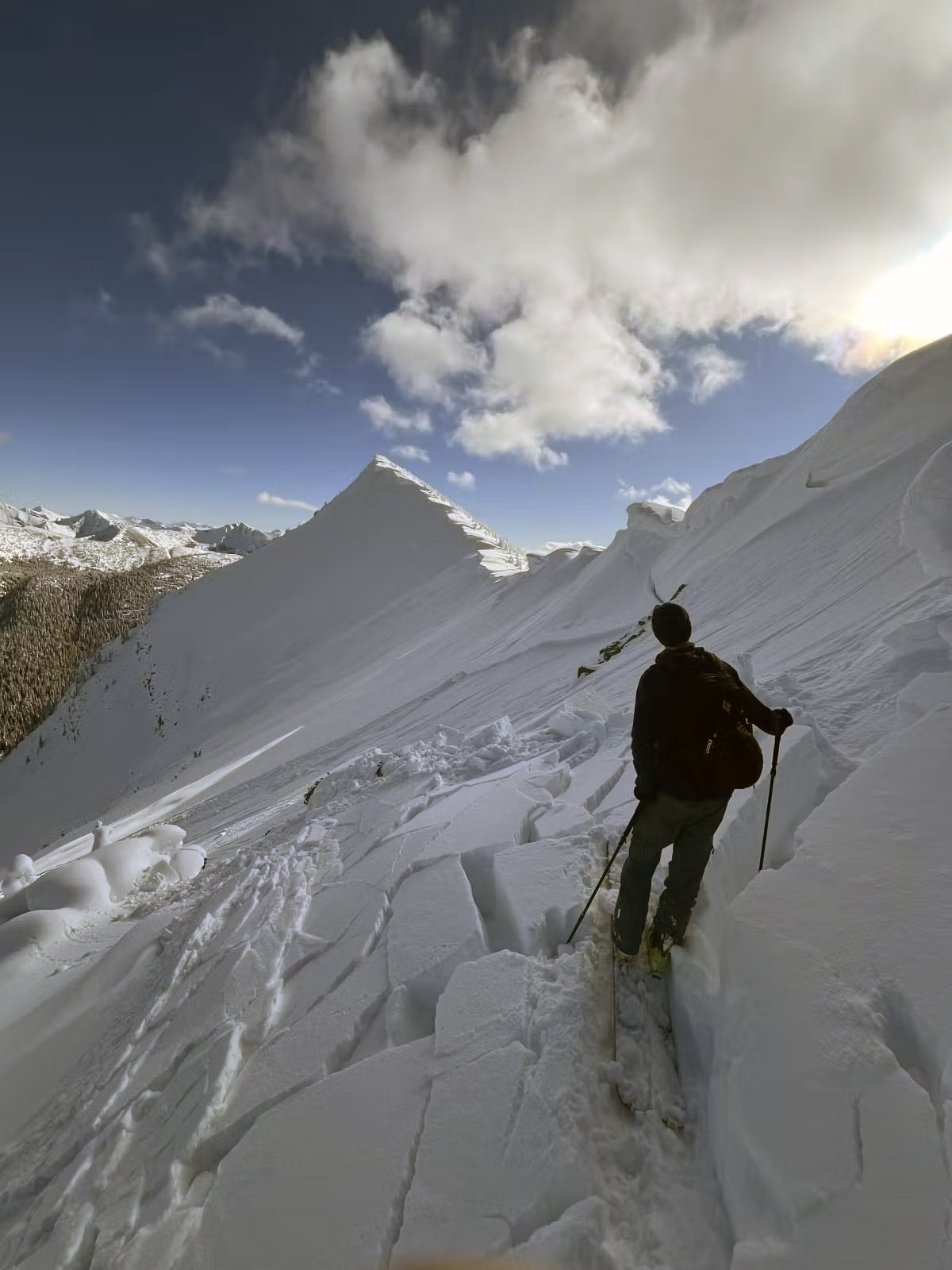
As a series of potent storms approach Western Canada, Avalanche Canada forecasters are issuing a stern warning to backcountry enthusiasts: it’s time to dial back exposure to avalanche terrain. The convergence of mild temperatures, heavy snowfall, and strong winds is poised to create hazardous avalanche conditions across the region.
The extended cold and dry spells throughout January and February led to the formation of weak layers within the upper snowpack, characterized by surface hoar, facets, and crusts. These fragile layers have remained dormant under relatively stable conditions. However, the impending storms are expected to deposit substantial snowfall atop this precarious foundation, setting the stage for a period of instability.
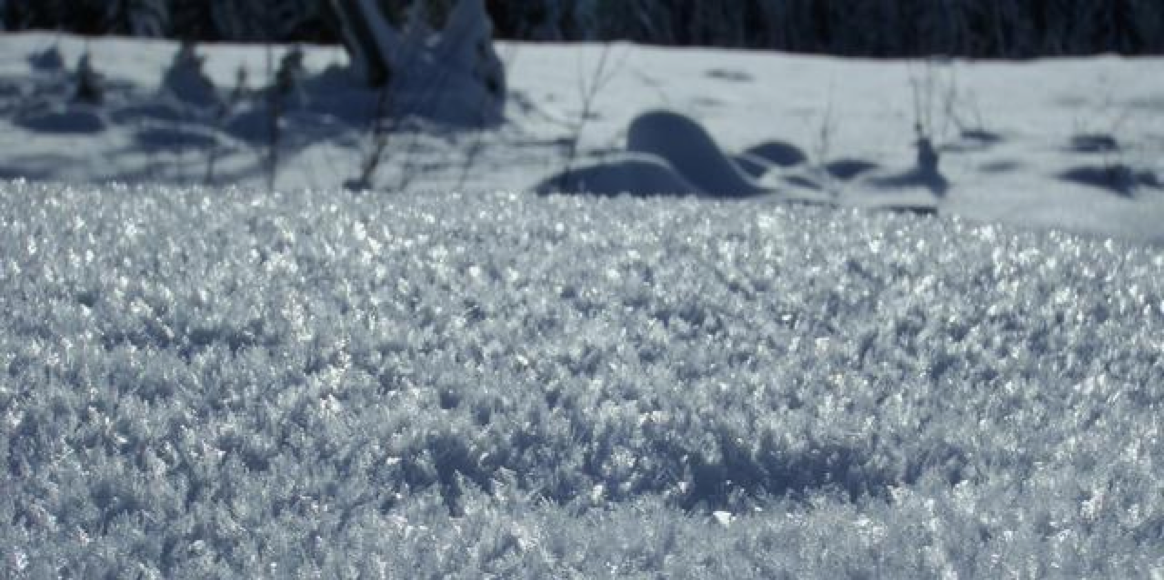
In particular, the surface hoar layer from late January, now buried under 100 to 300 cm of snow, remains a concern. The anticipated warming and additional precipitation could reactivate this layer, increasing the likelihood of large, human-triggered avalanches. Avalanche Canada advises avoiding shallow rocky areas where the snowpack transitions from thick to thin, as these zones are especially susceptible to triggering deep persistent slabs.
Coastal Regions: Heavy precipitation, elevated freezing levels, and intense winds are forecasted. These factors will likely lead to high avalanche danger, with natural avalanches becoming a significant concern. Recreationists are strongly urged to avoid avalanche terrain during this period.
Interior Regions: The situation presents complexities due to incremental loading. Each successive snowfall will add stress to the buried weak layers, progressively increasing the potential for widespread avalanche activity. Given the uncertainties surrounding the exact timing and impact of each storm, a conservative approach to terrain selection is paramount.
With the forecast indicating a major warming trend and freezing levels rising to approximately 2000 meters over the weekend, the buried weak layers are expected to become more reactive. This development necessitates heightened vigilance and a reassessment of planned activities in avalanche-prone areas.
Backcountry users are encouraged to:
Regularly Consult Avalanche Bulletins: Stay informed with the latest forecasts and danger ratings specific to your region.
Exercise Conservative Terrain Choices: Opt for lower-angle slopes free from overhead hazards, and avoid areas known for instability.
Be Prepared: Ensure all members of your party are equipped with essential avalanche safety gear and possess the knowledge to use it effectively.
In summary, the combination of incoming storms, warming temperatures, and existing weak layers within the snowpack underscores the need for caution. Adjusting plans to minimize exposure to avalanche terrain during this period is not just advisable but essential for safety.
Be safe powder people, live to play another day…




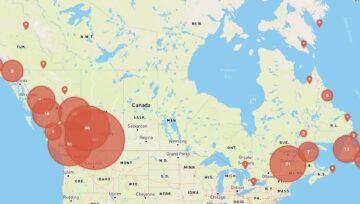
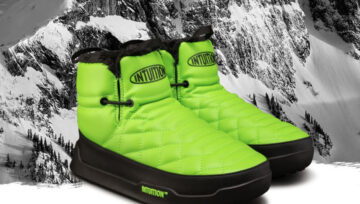
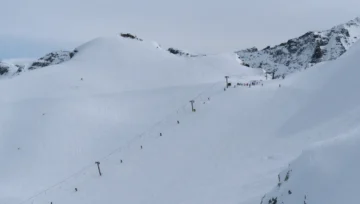
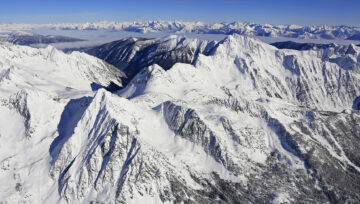
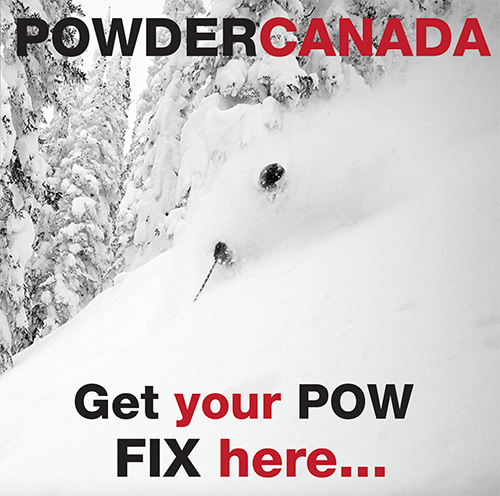

Comments